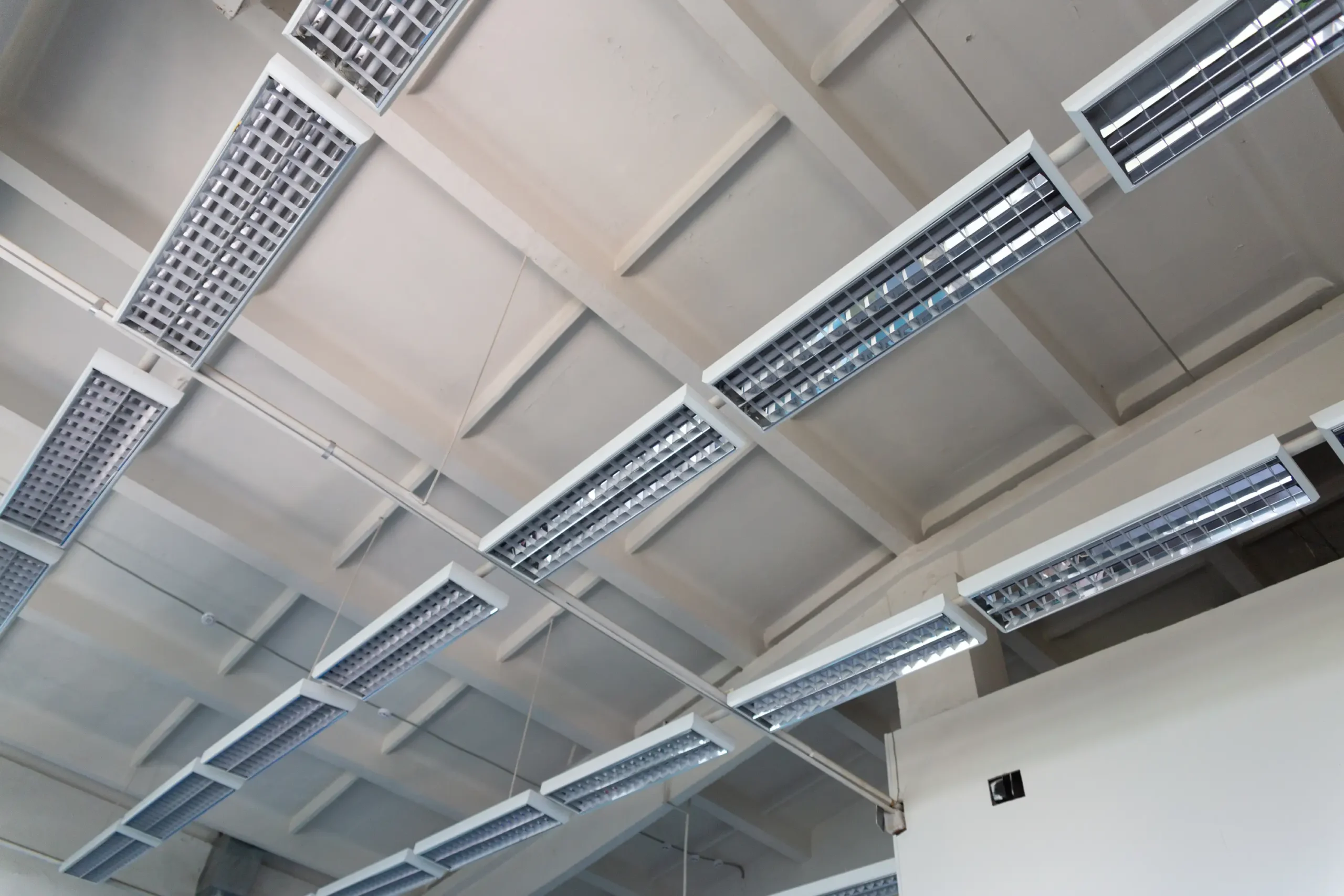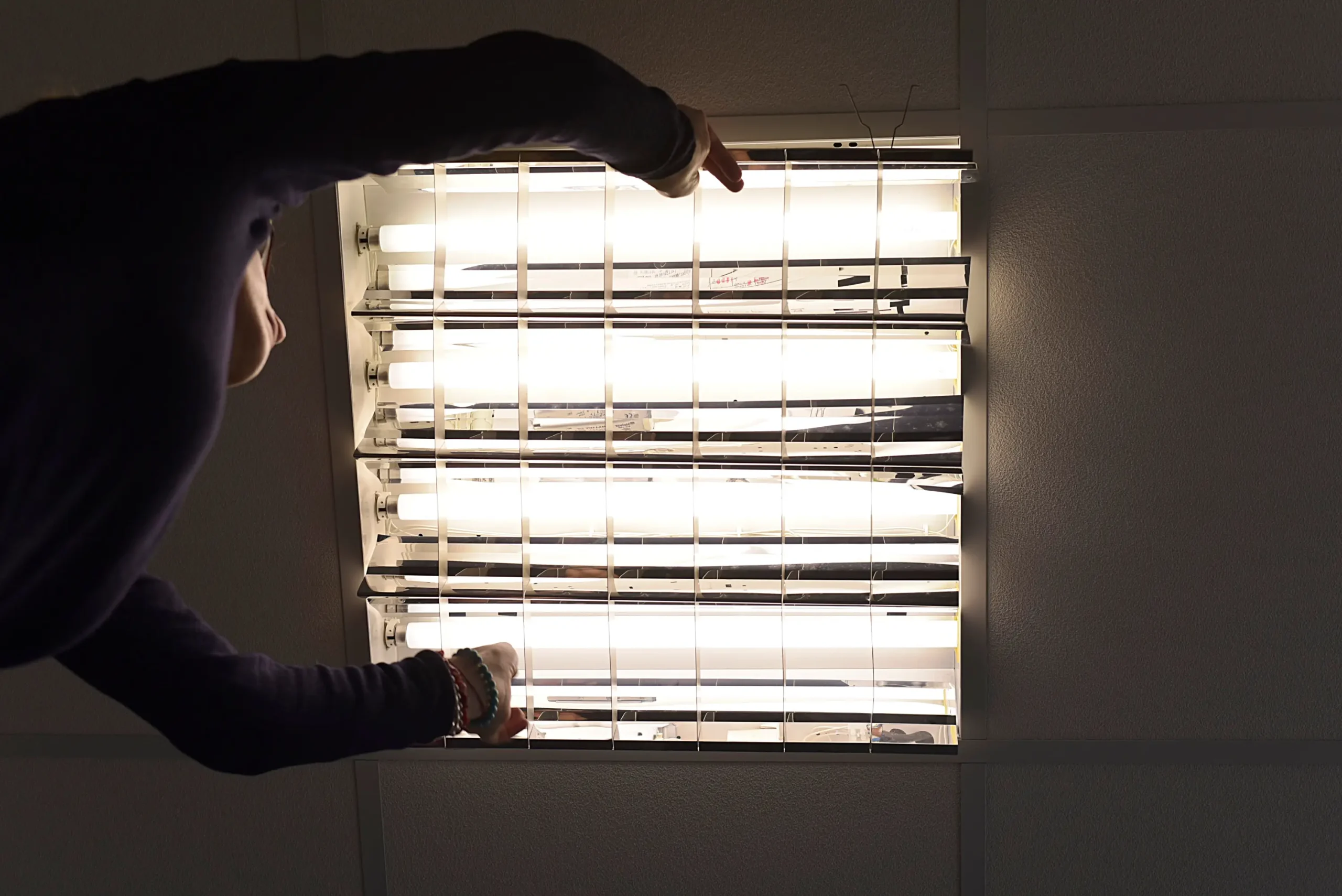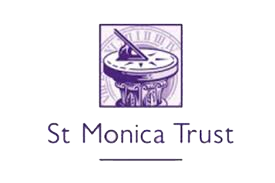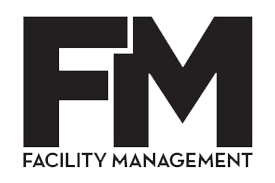Fluorescent Lighting Ban: A UK Business Guide to Smarter LED Upgrades
The Fluorescent Phase-Out Has Begun
If your business still relies on fluorescent tubes, the clock is ticking. With the UK’s phased ban on compact fluorescent (CFL), T5 and T8 lamps now in full effect, thousands of companies are being forced to consider urgent lighting upgrades. Stock is dwindling fast, prices are climbing, and compatibility issues are causing confusion – particularly for those trying to find a quick fix online.
But there’s no need to panic. While it’s true that fluorescent tubes are banned from manufacture and import in the UK, that doesn’t mean you should rush into the first LED replacement you find. Making the wrong lighting choice can be costly – both financially and operationally.
At Connected Light, we help organisations upgrade their lighting with confidence. From assessing your site and reviewing control systems to selecting efficient, aesthetic and long-term solutions, we’re here to ensure you only upgrade once – and get it right the first time.
What’s Banned, and When?
The phase-out of fluorescent lighting in the UK is no longer just on the horizon – it’s already here. As of July 2025, nearly all major categories of fluorescent lighting are banned from manufacture and import under the UK’s implementation of the RoHS (Restriction of Hazardous Substances) Directive. This legislation targets mercury-based lamps and aligns with broader European efforts to transition towards safer, more sustainable lighting.
Here’s a recap of the key milestones:
- September 2023: Ban on T8 linear lamps (2ft, 4ft, 5ft)
- February 2024: Ban on compact fluorescent non-integrated (CFLni) and T5 lamps
- February 2025: Additional restrictions on long-life CFLs and high-mercury circular tubes, such as T9s
While some existing stock may still be circulating, availability is now severely limited and pricing is volatile. Businesses that have yet to upgrade are finding it increasingly difficult to source reliable replacements – often resorting to expensive or incompatible short-term solutions.
As Buildings.com highlighted, this wave of change is being felt across the UK and EU alike – making long-term planning and LED upgrades more important than ever.
Why It’s Happening: Sustainability & Safety
So why are fluorescent tubes and CFL bulbs being banned? In short: environmental risk and outdated efficiency. Fluorescent lamps contain mercury – a toxic heavy metal that can be dangerous if broken or improperly disposed of. Even though they’re safe during normal use, broken lamps can contaminate indoor environments or landfill sites, creating lasting harm.
The UK’s lighting regulations are now aligned with wider European legislation to remove mercury from all new lamps, in accordance with the RoHS Directive. This marks a significant shift towards safer, more sustainable lighting options – with LED leading the way.
In addition, this ban is part of the UK’s broader sustainability strategy. Replacing older fluorescent systems with LED technology can cut energy consumption dramatically. According to GOV.UK, switching to LEDs is expected to reduce carbon emissions by over 1.25 million tonnes annually – the equivalent of removing more than 500,000 cars from the road.
For businesses, this is both a challenge and an opportunity: to improve efficiency, reduce running costs, and make responsible upgrades that align with long-term carbon and compliance goals.
“It’s about more than just compliance – lighting upgrades are now a core part of how businesses reduce energy, improve safety and futureproof their spaces.” – Matt Holway, Director, Connected Light
Fluorescent Lighting Alternatives: It’s Not Just LEDs
With fluorescent tubes banned and many businesses scrambling to replace outdated fittings, LED might seem like the obvious solution – and in most cases, it is. But not all LED options are created equal, and the best alternative for your business depends on a range of factors beyond just energy savings.
Some organisations opt for plug-and-play LED tubes, designed to fit directly into existing fluorescent fixtures. While these can offer a fast fix, they often result in lower efficiency, reduced light quality, and compatibility issues with legacy control systems. Worse, they may not comply with current wiring safety standards, particularly in older luminaires.
A smarter long-term option is a purpose-designed LED lighting system, tailored to your space, budget and operational needs. These can include tunable white, low-glare, and sensor-integrated luminaires that significantly outperform retrofits – especially in offices, schools, healthcare facilities and commercial buildings.
At Connected Light, we design and deliver custom lighting solutions that balance performance, aesthetics and compliance – without cutting corners. And with control systems that minimise disruption, you can modernise without unnecessary rewiring or visual impact.
Common Mistakes When Upgrading
In the rush to meet compliance or simply “keep the lights on,” many businesses fall into avoidable traps when replacing banned fluorescent lighting. The most common mistake? Buying generic LED tubes online or in bulk – often without confirming whether they’ll work with existing wiring or control systems.
Some businesses attempt a like-for-like swap, only to discover that plug-in LEDs flicker, underperform, or require expensive rewiring to function correctly. Others install mismatched fittings that clash with interior design or create poor visual conditions for employees and customers.
It’s also common to overlook lighting controls altogether. For example, older fluorescent systems with outdated ballasts or time-switch panels are rarely compatible with modern wireless controls, which offer dynamic zoning, dimming and automation. Retaining the wrong control infrastructure can quickly negate the benefits of your LED upgrade.
Instead of rushing, the best approach is to review your site holistically. That includes evaluating the current luminaires, control systems, lighting needs, and energy goals.
We’ve helped clients across sectors avoid costly missteps – from multi-site commercial offices to healthcare facilities – by building systems that are flexible, future-ready and visually appropriate. Explore some of our recent projects to see what’s possible with the right guidance.
Connected Light’s Process: How We Help You Upgrade Smarter
At Connected Light, we understand that no two lighting upgrades are the same. That’s why our approach goes beyond simply replacing fluorescent tubes with LEDs – we deliver strategic lighting solutions that meet your technical, aesthetic and operational needs.
It all begins with a conversation. Our team conducts a site assessment to understand your building’s current lighting infrastructure, control systems, usage patterns and environmental challenges. Whether you’re managing a single facility or a multi-site portfolio, we evaluate everything from emergency lighting compliance to energy reduction targets.
We then recommend a bespoke upgrade path – this might involve LED luminaires that preserve architectural intent, wireless control systems that eliminate the need for rewiring, or dynamic lighting schemes that enhance productivity, comfort and well-being.
Crucially, we align our lighting proposals with your budget, brand and sustainability goals. From high-performance options for demanding commercial environments to discreet, low-energy solutions for heritage spaces, we source the right products from trusted manufacturers.
You’ll find our solutions working effectively across a wide range of sectors, from office environments to specialist healthcare facilities. In every case, we prioritise longevity, flexibility and ease of maintenance – ensuring your upgrade pays off for years to come.
Explore our full range of renewable lighting solutions to see how we make lighting smarter, cleaner and simpler.
“No two lighting upgrades are the same – our job is to guide clients through the noise and deliver a solution that works for their space, now and in the future.” – Matt Holway, Director, Connected Light
Long-Term Value: Don’t Pay Twice
When fluorescent lighting bans were first introduced, many organisations opted for the cheapest solution available – often bulk-bought LED tubes fitted into legacy fixtures. But now, those same businesses are facing a second wave of upgrades, due to performance issues, compatibility failures or outdated controls.
It’s a scenario we see far too often: trying to save money in the short term ends up costing more in the long run. Quick fixes may tick the compliance box for now, but without futureproofing, they risk becoming obsolete just as fast as the fluorescent systems they replaced.
That’s why we encourage clients to take a long-term view of lighting investment. A professionally designed LED upgrade – with appropriate control systems, high-quality luminaires and efficient planning – typically delivers a return on investment in 2–3 years through reduced energy bills and maintenance costs alone.
Better still, it reduces disruption and ensures you won’t be forced into another lighting overhaul in just a few years’ time. With Connected Light, you can move forward confidently – knowing your lighting is compliant, efficient, and built to last.
Summary & Call to Action
The fluorescent lighting ban is now fully in effect – but that doesn’t mean your business needs to rush into a costly or short-sighted upgrade. Taking time to understand your options, assess your existing setup, and choose a smart, future-ready solution is the best way to avoid wasted spend and poor performance.
At Connected Light, we’re helping businesses across the UK transition from banned fluorescent systems to intelligent, high-efficiency lighting built for the long term.
Whether you’re looking to improve sustainability, reduce operating costs, or modernise your workplace, our team is ready to guide you.












